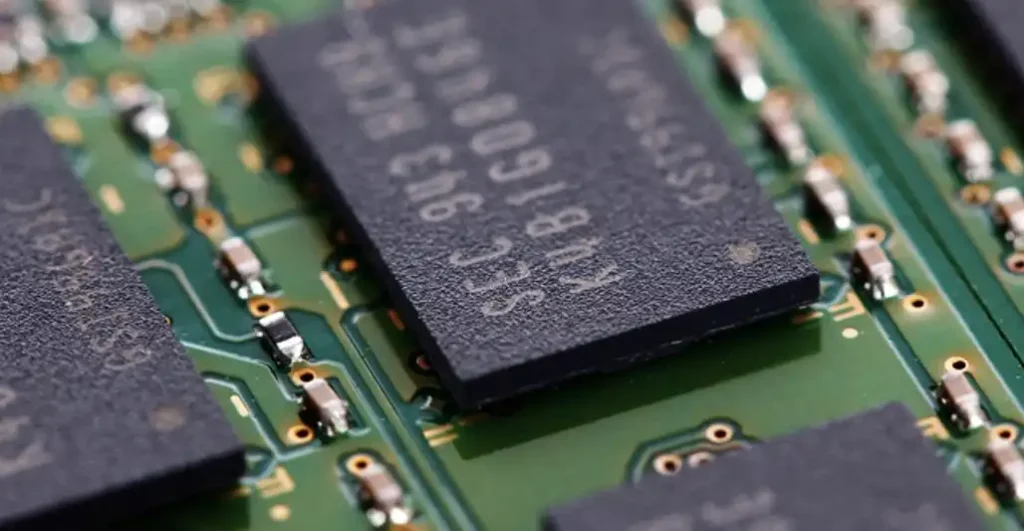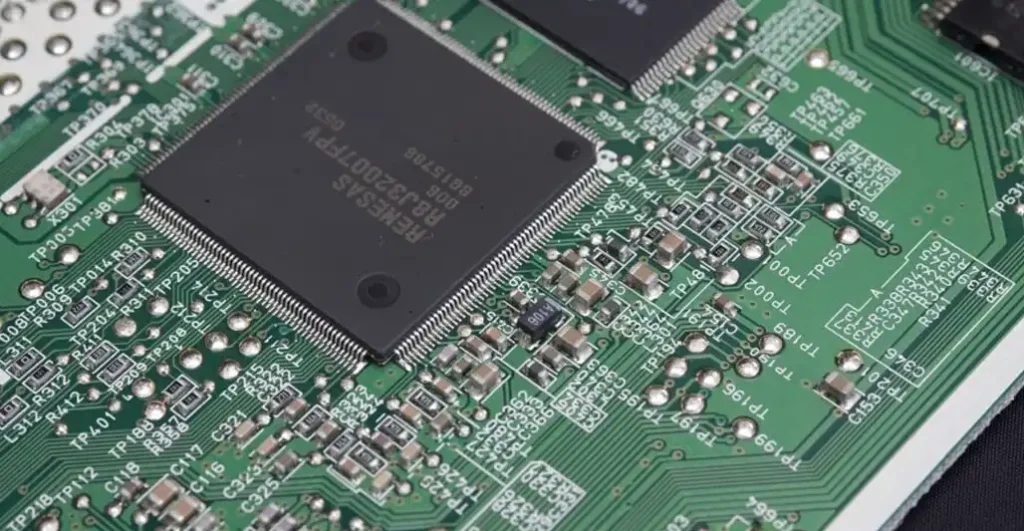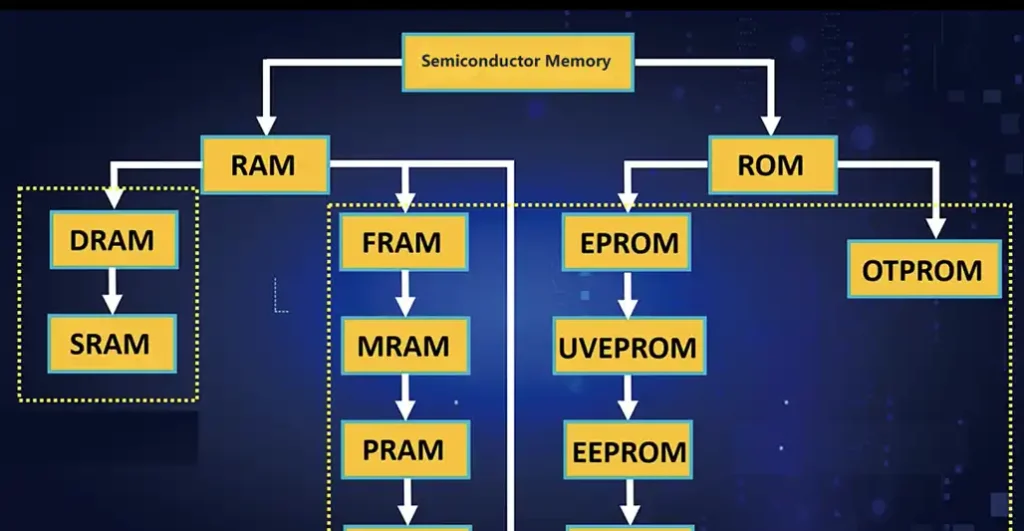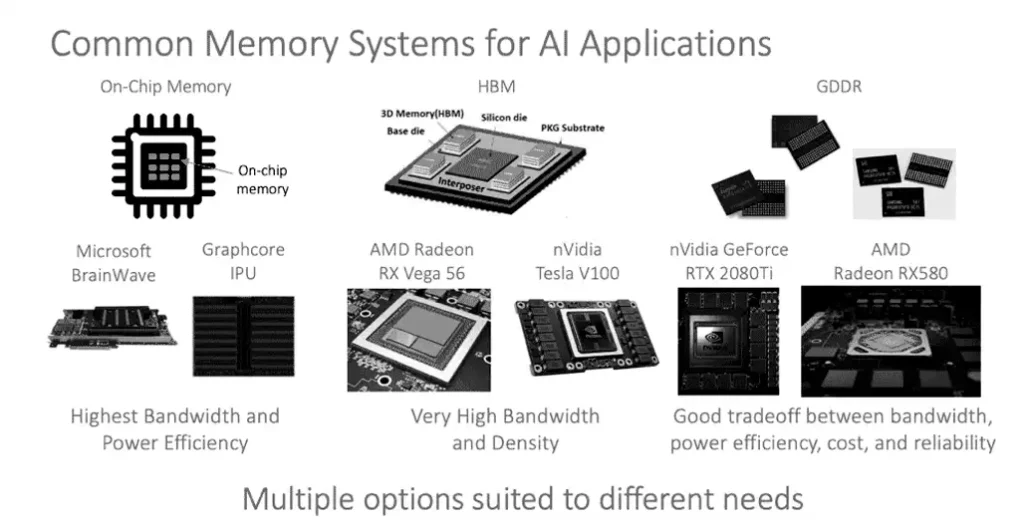In today’s digital age, memory chips play a crucial role in various electronic devices, from smartphones to computers. Understanding what memory chips are and how they work is essential for anyone interested in technology.
This comprehensive guide will delve into the intricacies of memory chips, providing insights into their types, functions, and significance in the realm of technology.
What is a Memory Chip

A memory chip, also known as a semiconductor memory, is an electronic component that stores digital information. It is commonly used in computers, mobile phones, digital cameras, and various other electronic devices.
What is Memory Chip in Computer

Definition: A memory chip, also known as a semiconductor memory or integrated circuit (IC) memory, is a type of electronic component that stores data or instructions in a computer or other digital device.
Types of Memory Chips:
RAM (Random Access Memory): Provides temporary storage for data and instructions that the computer’s processor needs to access quickly. There are different types of RAM, such as DRAM (Dynamic RAM) and SRAM (Static RAM).
ROM (Read-Only Memory): Stores permanent or semi-permanent data and instructions that the computer needs to boot up and operate. Examples include BIOS (Basic Input/Output System) and firmware.
Flash Memory: A type of non-volatile memory that can be electrically erased and reprogrammed. It is used in various devices, such as USB flash drives, memory cards, and solid-state drives (SSDs).
Characteristics of Memory Chips:
Capacity: Memory chips are available in a wide range of capacities, from a few kilobytes (kB) to several gigabytes (GB) or even terabytes (TB).
Speed: Memory chips are characterized by their access time and data transfer rate, which determine the speed at which the computer can read and write data.
Volatility: RAM is volatile, meaning it loses its data when the power is turned off. ROM and flash memory are non-volatile, retaining their data even without power.
Importance of Memory Chips:
Memory chips are essential components in computers and other digital devices, as they provide the necessary storage for data, instructions, and programs.
The performance and capabilities of a computer or device are heavily dependent on the type and amount of memory chips it has.
Advancements in memory chip technology, such as increased capacity, speed, and energy efficiency, have been crucial in the development of modern computing devices.
Memory Chip Interfaces:
Memory chips communicate with the computer’s processor and other components through various interfaces, such as DRAM (DDR, DDR2, DDR3, DDR4), SRAM, and NAND flash.
The choice of memory chip interface depends on the specific requirements of the computer or device, such as performance, power consumption, and cost.
Relevance and importance of memory chips
Memory chips are fundamental to the functioning of modern electronics. They enable devices to store data temporarily or permanently, allowing for fast access and retrieval of information. Without memory chips, electronic devices would not be able to perform tasks such as running applications, storing files, or operating efficiently.
Types of Memory Chip

Memory chips come in various types, each serving different purposes and functions in electronic devices.
Here’s a more detailed explanation of the types of memory chips:
Volatile Memory:
Volatile memory requires continuous power to maintain stored data. This means that when the power is turned off, the data stored in volatile memory is lost. The most common type of volatile memory is RAM (Random Access Memory), which is used in computers and other devices to temporarily store data that the CPU (Central Processing Unit) needs to access quickly.
Non-volatile Memory:
Non-volatile memory retains data even when the power is turned off. This makes it suitable for storing data that needs to be preserved even when the device is not powered. Examples of non-volatile memory include ROM (Read-Only Memory), which stores firmware and system software, and flash memory, which is used in devices like USB drives, SSDs (Solid State Drives), and memory cards.
Integrated Circuits (ICs):
Integrated circuits, or ICs, are individual memory chips soldered directly onto a circuit board. These chips come in various forms, such as DIP (Dual Inline Package), SOIC (Small Outline Integrated Circuit), and BGA (Ball Grid Array), and they can have different capacities and speeds depending on their specifications.
Memory Modules:
Memory modules are collections of memory chips grouped together on a small circuit board. These modules are commonly used in computers and other devices to provide additional memory capacity. There are different types of memory modules, including DIMMs (Dual In-Line Memory Modules) and SO-DIMMs (Small Outline Dual In-Line Memory Modules), which differ in size and form factor.
Each type of memory chip has its own advantages and disadvantages, and choosing the right type depends on factors such as performance requirements, power consumption, and cost. Understanding the differences between these types of memory chips is essential for designing and building electronic devices that meet the needs of users effectively.
Volatile Memory vs. Non-volatile Memory
Volatile Memory: Volatile memory requires continuous power to maintain stored data. Examples include RAM (Random Access Memory).
Non-volatile Memory: Non-volatile memory retains data even when the power is turned off. Examples include ROM (Read-Only Memory) and flash memory.
Integrated Circuits (ICs) vs. Memory Modules
Integrated Circuits (ICs): These are individual memory chips soldered directly onto a circuit board.
Memory Modules: These are collections of memory chips grouped together on a small circuit board, commonly used in computers and other devices.
Memory Chip Applications

Computer Systems:
Main Memory (RAM): RAM chips provide temporary storage for data and instructions that the computer’s processor needs to access quickly for running applications and the operating system.
Secondary Storage (ROM, Flash): ROM chips store the BIOS (Basic Input/Output System) and other firmware, while flash memory chips are used in solid-state drives (SSDs) and other storage devices.
Mobile Devices:
Smartphones and Tablets: Memory chips, including DRAM and NAND flash, are essential components in mobile devices, providing storage for the operating system, apps, and user data.
Memory Cards: Removable flash memory cards, such as SD, microSD, and CompactFlash, are used for expanding the storage capacity of mobile devices, digital cameras, and other portable electronics.
Embedded Systems:
Microcontrollers: Memory chips, both RAM and ROM/Flash, are integrated into microcontrollers, which are used in a wide range of embedded applications, including industrial automation, automotive electronics, and consumer appliances.
Consumer Electronics:
Digital Cameras and Camcorders: Memory cards based on flash memory chips are used to store photos, videos, and other media captured by these devices.
Audio Players and Game Consoles: Memory chips, including RAM and flash memory, are used to store media files, game data, and other content in these devices.
Networking and Communications:
Routers and Switches: Memory chips, such as SRAM and DRAM, are used to store the operating system, configuration data, and packet buffers in networking equipment.
Modems and Gateways: Memory chips are used to store firmware, settings, and data in these devices that enable internet and network connectivity.
Industrial and Automotive Applications:
Industrial Automation and Control Systems: Memory chips, including RAM and flash memory, are used in programmable logic controllers (PLCs), sensors, and other industrial equipment for storing control logic, configurations, and sensor data.
Automotive Electronics: Memory chips are found in various automotive systems, such as engine control units (ECUs), infotainment systems, and driver assistance systems, for storing software, settings, and sensor data.
Memory chips are ubiquitous in modern electronic devices, playing a crucial role in providing storage and enabling the functionality of a wide range of computing and communication systems, from personal computers to industrial and automotive applications.
Conclusion
In conclusion, memory chips are integral components of modern electronics, storing and retrieving digital information efficiently. Understanding the types, symptoms, causes, and treatment options for memory chip issues is essential for maintaining device functionality and prolonging lifespan.




















